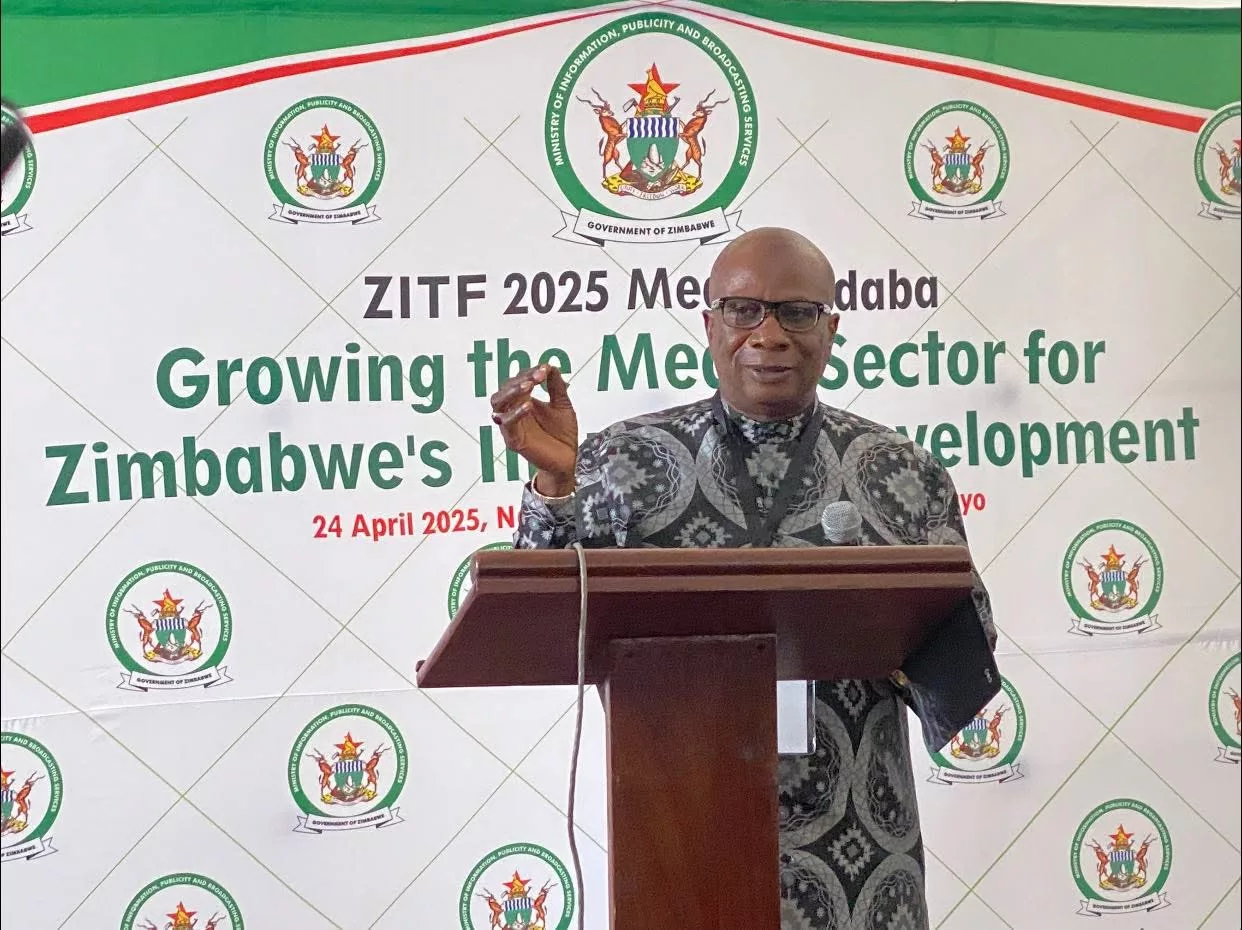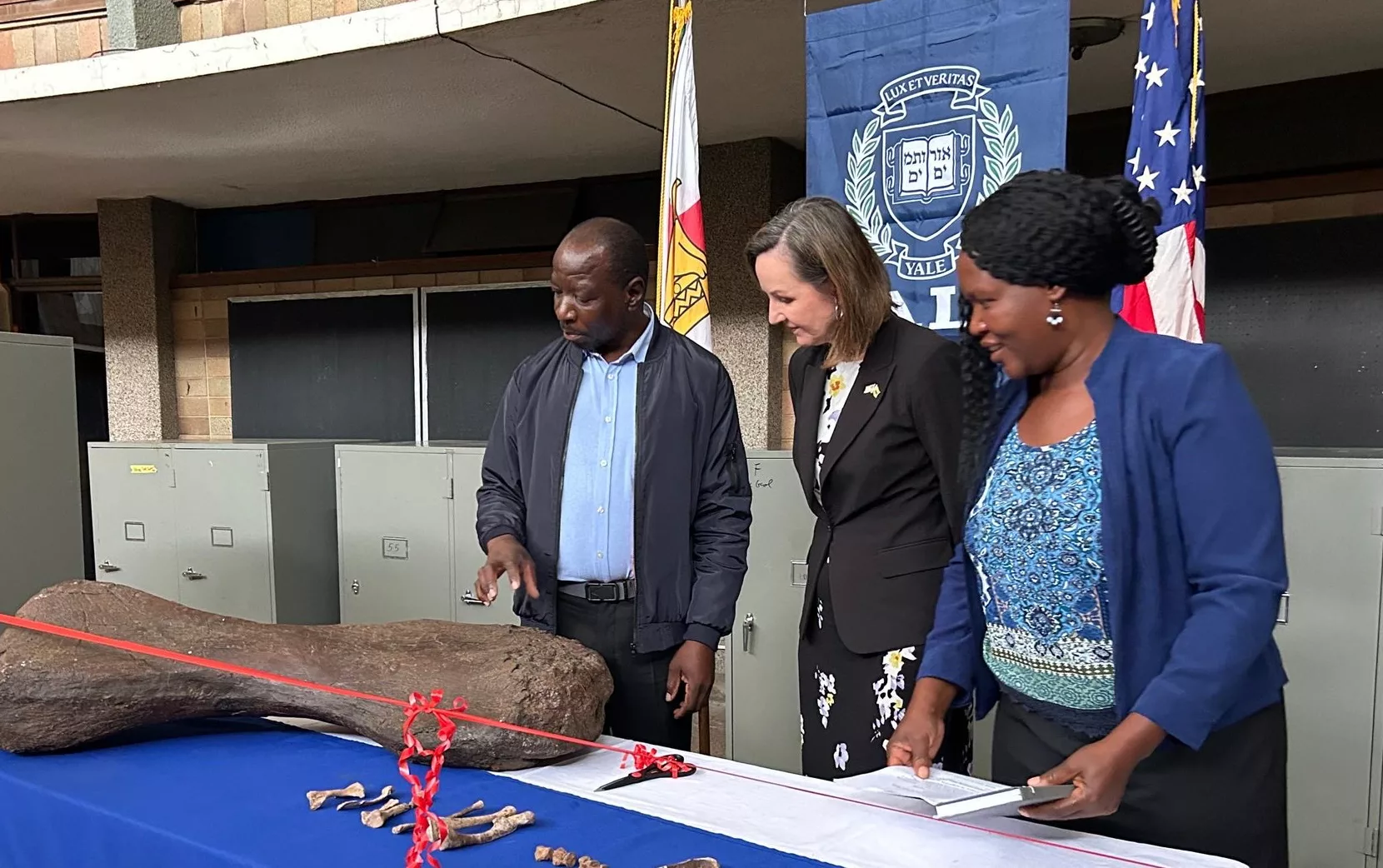By Byron Mutingwende
African countries have shown their interest and willingness to strive for science, technology, and innovation (STI)-led development, the Africa Capacity Building Foundation (ACBF) has noted.
This emerged during the launch of the 2017 Africa Capacity Report held at the Harare International Conference Centre (HICC) in the capital on Tuesday 28 March 2017.
According to the report, African heads of state and decision makers, through Agenda 2063 and the Common African Position in Agenda 2030, have highlighted STI as a key enabler promoting the ability of African countries to achieve their economic transformation and development goals.
“This commitment was clearly expressed by the adoption of a 10-year Science, Technology, and Innovation Strategy for Africa (STISA-2024) in June 2014 at the 23rd Ordinary Session of African Union Heads of State and Government Summit. The strategy links science, technology, and innovation to Africa’s sustainable economic transformation.
“This Report shows that capacity in its various dimensions, though improving, remains a problem for African economies generally, not just for STI. But a more important message emerges: even though two-thirds of African countries have STI policies and strategies, their capacity to implement them remains very low.”
Encouragingly, the Report shows that it is possible to build STI institutions and use them for socioeconomic transformation, with a good number of African countries providing practical success stories based on strategies and initiatives that can easily be adapted to other countries.
Presenting Zimbabwe’s case study on STI, Dr. Gibson Chigumira, the Executive Director of Zimbabwe Economic Policy Analysis and Research Unit (ZEPARU) said the country inherited one of the most diversified and developed industrial bases in Southern Africa from the colonialists.
“Zimbabwe inherited a well-developed manufacturing sector – dating back to the Federal Boom Period (1953-1963). Since then until the late 1990s, the country’s STIs remained high by regional standards. Adult literacy rate increased from 70% in 1982 to 80% in 2012 but females are dominated. The gross secondary school enrollment ratio remains low despite improving from 18% to 45%. The total schooling enrollment in tertiary institutions large in but has not grown in tandem with global technology development,” Chigumira said.
The researcher said that the years of poor economic performance were mirrored in weak STI development due to schooling and research and development (R&D) funding constraints. Moreover, the government was allocating limited budgetary resources towards the development of STIs. Thus the national budget earmarked for science and technology including higher and tertiary education remained (below 8%) of the total annual budgetary allocations.
Chigumira said that there is a depressed number of scientific articles published by Zimbabwean nationals.
“Zimbabwe had less than 120 published scientific articles compared to more than 5000 published scientific articles for South Africa. The percentage of technology intensive exports remained subdued (below 4%) and mostly erratic since 2000. The US employs more than 44 times professional researchers in R&D per 1 million people compared to Zimbabwe,” Chigumira said.
STI is the core for productivity growth and sustainable development of any country. Investments in R&D, human capital accumulation, good institutions and governance reforms promote innovation.
Chigumira revealed that Global Innovation Index (GII) ranked Zimbabwe number 133 out of 141 economies in 2015. GII captures multi-dimensional facets of innovation and ranks world economies’ innovation capabilities and results using 79 STI related indicators. The country was ranked 134 in the Innovation Input Sub-Index, 120 for Innovation Output Sub-Index and had an innovation efficiency ratio of 0.69 – ranking of 77.
Thus, Zimbabwe performs relatively well in converting innovation inputs into outputs. Overall, the institutional framework of Zimbabwe was ranked 140 and 104 in human capital and research for STI.
On infrastructure that promotes STI development, Zimbabwe is ranked 129 with a score of 20.8 that is slightly below its lower income peers. It however, has environmentally friendly technologies with a number of certificates of conformity with standard ISO 14001 on environmental management systems issued. The general infrastructure is unsatisfactory and there is very low national output per unit of energy use.
Chigumira added that Zimbabwe’s competitiveness gap could not be narrowed without building the requisite STI capacity. He said that the high educational achievement alone is not enough but must be complemented by infrastructure development.
“STI development can be realized fully if an institutional framework is put in place to generate and utilize knowledge. Thus, the sector needs to be aligned to the overarching national goals and developmental priorities. We need assistance from development partners and public-private partnerships (PPPs) are critical to embark on fully fledged STI investment,” he said.






